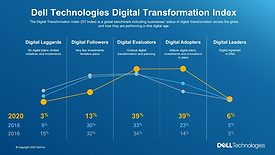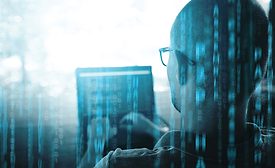Cybersecurity News
Global pandemic accelerates digital transformation according to latest study
Dell Technologies' third biennial Digital Transformation Index details how organizations are accelerating digital transformation projects amidst unprecedented uncertainty; 4,300 business leaders in 18 countries weigh in
November 4, 2020
The future of connected devices
Reflecting on NCSAM: How businesses should be implementing lessons learned from the month in their ongoing cyber strategy
November 4, 2020
CISOs face mounting pressure: Here’s how to help
Three ways to alleviate CISO stress
November 3, 2020
Sign-up to receive top management & result-driven techniques in the industry.
Join over 20,000+ industry leaders who receive our premium content.
SIGN UP TODAY!Copyright ©2024. All Rights Reserved BNP Media.
Design, CMS, Hosting & Web Development :: ePublishing













